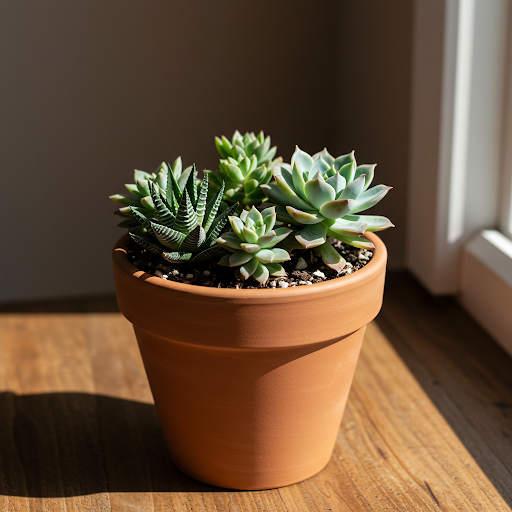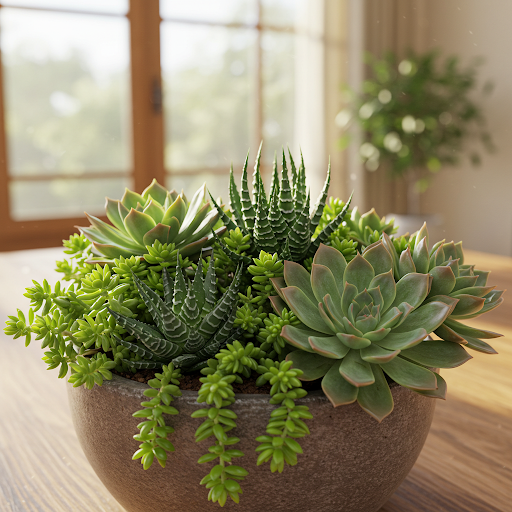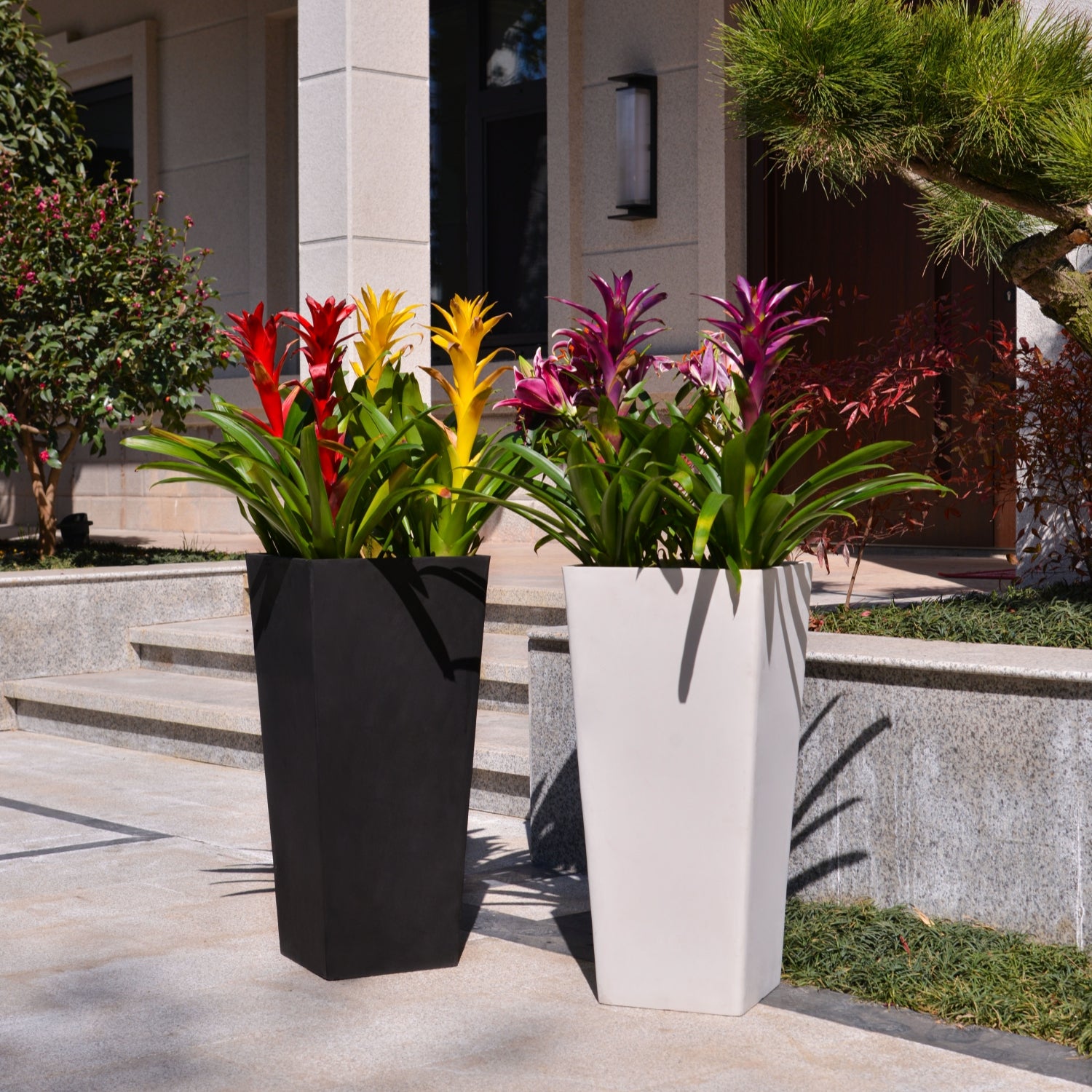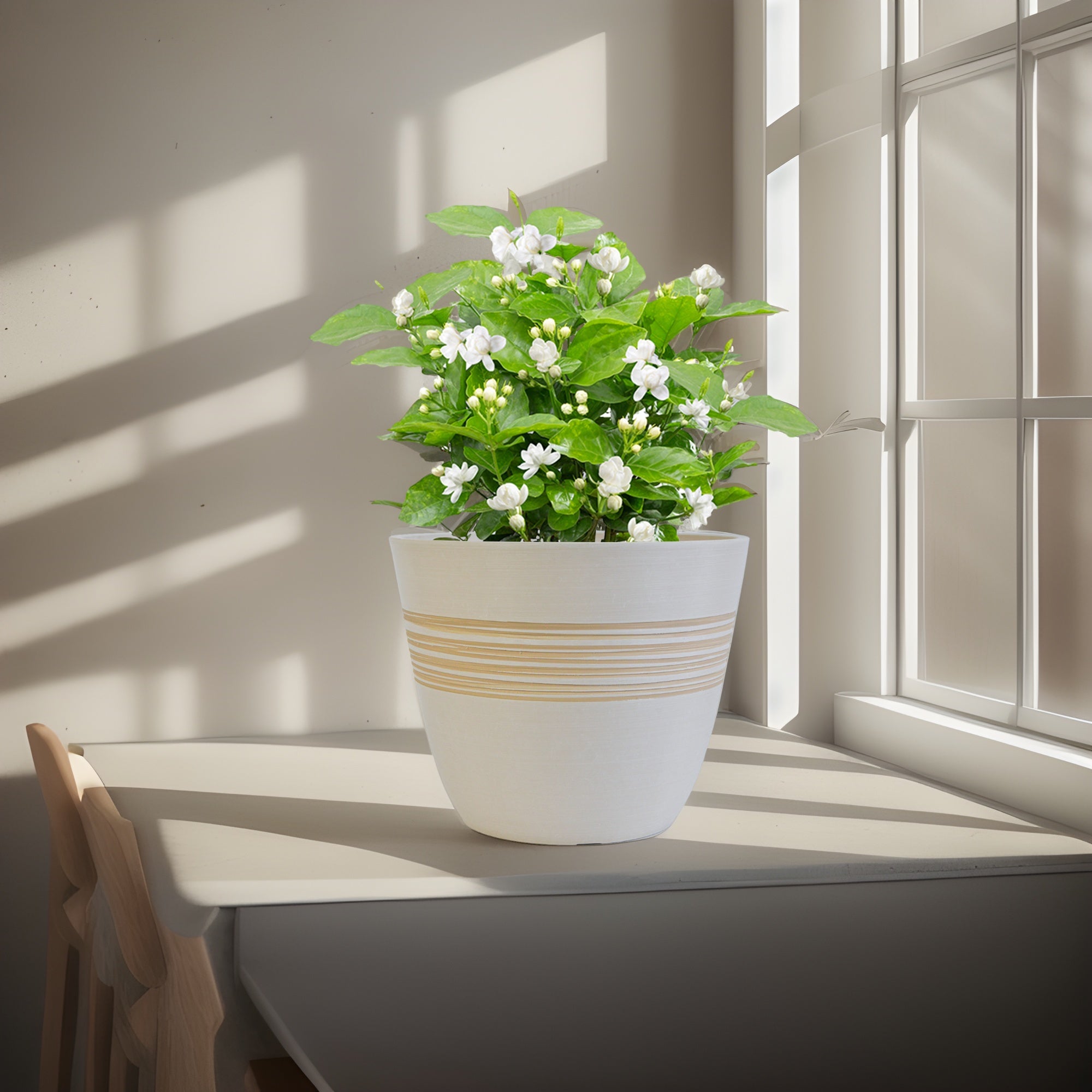Succulents Indoors: The Ultimate Guide to Growing Beautiful Succulents at Home
Looking to cultivate trendy, low-maintenance, and architecturally diverse plants in your home? Succulents are a vast and varied group of plants prized for their fleshy leaves and stems that store water, enabling them to thrive in arid conditions. These resilient and visually captivating plants are perfect for adding a touch of modern style and easy-care greenery to your indoor spaces. This comprehensive guide will provide you with everything you need to know to grow succulents indoors, from selecting the right types and pots to mastering essential care techniques for a thriving and stylish succulent collection in your home.

Succulents
What are Succulents?
Succulents are not a single plant family, but rather a diverse group of plants that have evolved to store water in their leaves, stems, and/or roots to survive in dry environments. This adaptation gives them their characteristic fleshy, thickened appearance. Succulents come from various plant families, including Cactaceae (cacti), Crassulaceae (echeverias, sedums, sempervivums), Asphodelaceae (aloes, haworthias, gasterias), Aizoaceae (lithops, pleiospilos), and many others. They are native to arid and semi-arid regions around the world and are celebrated for their drought tolerance, diverse forms, and relatively easy care.
Can Succulents Thrive Indoors?
Yes, many succulents thrive exceptionally well indoors and are among the most popular houseplants for modern homes. Their low-maintenance nature, drought tolerance, and wide variety of shapes, colors, and textures make them ideal for indoor cultivation. With the right conditions, you can create stunning succulent arrangements and enjoy their unique beauty year-round.
Ideal Indoor Growing Conditions for Succulents:
- Succulent Types for Indoors: With thousands of succulent species, choosing the right ones for indoors is key. Some excellent choices for indoor succulents include:
- Echeveria: Rosette-forming succulents with diverse colors and leaf shapes, relatively easy to grow indoors.
- Haworthia: Small, often patterned succulents, tolerant of lower light conditions than many succulents.
- Gasteria: Tongue-shaped leaves, often patterned, similar light needs to Haworthia.
- Aloe (smaller varieties): Architectural rosettes, known for medicinal properties, need bright light.
- Crassula (Jade Plant, etc.): Diverse genus, Jade Plant is very popular and easy, needs bright light.
- Sedum and Sempervivum (some varieties): Though many are hardy outdoor succulents, some Sedum and Sempervivum varieties can adapt to indoor life with enough light.
- Kalanchoe: Flowering succulents, known for their bright blooms, need bright light to flower well.
- Senecio (String of Pearls, String of Bananas, etc.): Trailing succulents, visually interesting, need bright light.
- Euphorbia (succulent types, be cautious of sap): Diverse genus, some succulent Euphorbias are great indoors, but be aware of potentially irritating sap.
- Lithops and Pleiospilos (Living Stones): Mimicry plants, fascinating and unique, need very bright light and specific watering.
- Light: Succulents are generally sun-loving plants and need bright light to thrive indoors. Most succulents need at least 6 hours of bright, indirect sunlight per day, and many will benefit from some direct morning or afternoon sun. South-facing windows are often ideal, but east or west-facing windows can also work depending on intensity. Insufficient light will lead to etiolation (stretching), weak growth, faded colors, and lack of flowering. If you don’t have enough natural light, consider using grow lights to supplement.
- Soil: Succulents need extremely well-draining soil, which is crucial to prevent root rot. Use a cactus or succulent potting mix, which is specifically formulated for succulents and provides excellent drainage and aeration. Avoid using regular potting mix or garden soil, which retain too much moisture. You can amend regular potting mix with perlite, pumice, or coarse sand to improve drainage if needed.
- Watering: Succulents are drought-tolerant and overwatering is the biggest killer. Water sparingly and deeply, only when the soil is completely dry. Allow the soil to dry out thoroughly between waterings. In fact, it’s much better to underwater succulents than to overwater them. During the dormant period in fall and winter, water even less frequently, or reduce watering significantly depending on the succulent type and your conditions. Watering frequency will vary greatly depending on the succulent species, pot size, light levels, temperature, and humidity. Always check the soil moisture before watering.
- Temperature: Most succulents prefer warm temperatures during the growing season (spring and summer), ideally between 65°F to 80°F (18°C to 27°C). Many succulents also benefit from a slightly cooler dormant period in fall and winter, with temperatures around 50°F to 60°F (10°C to 15°C), which can encourage better color and flowering. Protect succulents from freezing temperatures.
- Humidity: Succulents generally prefer dry air and do not need high humidity. Average household humidity is perfectly suitable. Avoid placing them in overly humid environments, which can increase the risk of rot. Good air circulation is beneficial.
Planting Your Succulents Indoors:
- Starting from Cuttings, Offsets (Pups), or Potted Plants: Succulents are easily propagated from cuttings (stem or leaf), offsets (pups that grow from the base of the mother plant), or can be purchased as established potted plants from nurseries, garden centers, or online retailers specializing in succulents.
- Propagation from Cuttings or Offsets: Allow cuttings or offsets to callus over (dry out at the cut end) for a few days to a week before planting in well-draining cactus mix.
- Planting Time: Succulents can be planted or repotted at any time of year indoors, but the active growing season in spring or early summer is generally recommended for optimal establishment.
Choosing the Right Pots for Indoor Succulents:
- Suitable Pot Types: Select pots with excellent drainage and good aeration. Terracotta pots are highly recommended for succulents, as their porous nature allows for better aeration and drainage and helps prevent overwatering. Unglazed ceramic pots are also a good option. Avoid plastic pots, as they retain more moisture and can significantly increase the risk of overwatering, unless you are very experienced with succulent care and watering.
- Drainage: Drainage is absolutely critical for succulents. Ensure your chosen pot has large drainage holes at the bottom. You can also add a layer of gravel or pot shards at the base of the pot to further improve drainage.
- Pot Size: Choose a pot that is only slightly larger than the root ball. Succulents generally prefer to be slightly root-bound and do not need large pots. Overpotting (using too large a pot) is a major cause of root rot in succulents, as it leads to the soil staying too moist for too long. When repotting, typically move up only slightly in pot size. Shallow pots are often suitable for rosette-forming succulents, while taller pots can be used for some columnar or trailing types, but drainage and pot size relative to the root ball are more important than pot shape.
- Potting Mix: Use a cactus or succulent potting mix as described earlier.
Essential Care Tips for Thriving Indoor Succulents:
- Watering Schedule: “Drench and Dry”. Allow the soil to dry out completely bone dry between waterings. Water deeply when you do water, until water drains freely out of the drainage holes. Then, do not water again until the soil is bone dry throughout the pot. This may be every 1-3 weeks or even longer depending on conditions and succulent type. Err on the side of underwatering.
- Fertilizing: Light Feeding During Growing Season. Succulents are not heavy feeders. Fertilize sparingly, only 2-3 times per year, during the active growing season (spring and summer), with a balanced liquid fertilizer diluted to half or quarter strength, or a fertilizer specifically formulated for cacti and succulents. Over-fertilizing can lead to weak growth and unnatural shapes. Avoid fertilizing during the fall and winter dormant period.
- Light is Paramount for Color and Shape: Provide bright, direct sunlight for best color, compact growth, and flowering in many species. Rotate pots occasionally to ensure even light exposure.
- Cool, Dry Winter Dormancy (for many): Many succulents benefit from a cooler, drier dormant period in fall and winter to encourage flowering and maintain healthy growth. Reduce watering significantly or stop watering altogether for some species during this period. Keep them in a cooler location if possible (50-60°F or 10-15°C). Research the specific needs of your succulent types.
- Ventilation: Good air circulation is beneficial, especially indoors, to help prevent rot and fungal issues.
- Pest and Disease Control: Succulents are generally relatively pest-resistant. However, they can occasionally be affected by mealybugs, aphids, spider mites, or scale insects. Overwatering is the primary cause of problems, leading to root rot. Ensure proper drainage and avoid overwatering to prevent root rot. Treat any pest infestations promptly with insecticidal soap or rubbing alcohol.

Succulents
Popular Succulent Genera for Indoor Growing:
- Echeveria
- Haworthia
- Gasteria
- Aloe
- Crassula
- Sedum (some varieties)
- Sempervivum (some varieties)
- Kalanchoe
- Senecio
- Euphorbia (succulent types)
- Lithops
- Pleiospilos
In Summary:
Growing succulents indoors is a fantastic way to bring architectural beauty, low-maintenance greenery, and a touch of the exotic into your home. Their incredible diversity of forms, colors, and textures offers endless possibilities for creating unique plant displays. By providing bright sunlight, extremely well-draining cactus or succulent mix in terracotta pots, watering sparingly only when the soil is bone dry, and understanding their basic needs, you can easily cultivate thriving and captivating succulents indoors and enjoy their stylish presence for years to come.
Important Note: While generally considered non-toxic, some succulents, particularly Euphorbias, have sap that can be irritating to skin and eyes. It’s always best to handle succulents with care and wash hands after handling. Research the specific succulent types you are growing to be aware of any potential toxicity concerns, especially if you have children or pets.
GreenShip 27inch Tall Planters for Porch, Large Outdoor Planter Pots with Drainage Hole
By greenship-seo|2025-04-10T06:27:21+00:00April 7, 2025|Categories: Hand-carving Series|Tags: Decorative Flower Pots|
Modern Plant Pots with Drainage – Indoor & Outdoor Use (6″ Widths)
By greenship-seo|2025-04-10T06:29:43+00:00February 6, 2025|Categories: Hand-carving Series|Tags: Decorative Flower Pots|
HS
By greenship|2024-08-13T06:45:17+00:00August 13, 2024|Categories: Hand-carving Series|
Planter for Indoor Outdoor Plants, Set of 2 Modern Decorative Plant Pots with Drainage Hole, Decorative Flower Pots
By greenship-seo|2025-04-10T07:46:01+00:00January 9, 2025|Categories: Hand-carving Series|Tags: Decorative Flower Pots, Self-Watering Pots|
20T
By greenship|2024-08-13T06:42:22+00:00August 13, 2024|Categories: Hand-carving Series|
11V
By greenship|2024-08-13T03:05:48+00:00August 13, 2024|Categories: Hand-carving Series|






